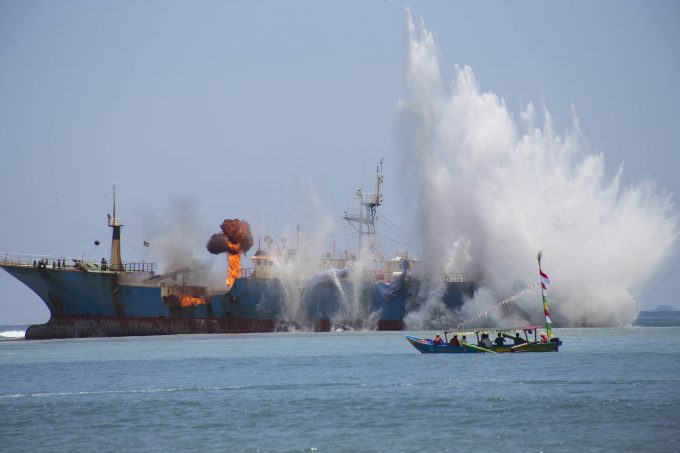Supply chain delays expected after earthquake hits Myanmar
Today’s earthquake in Myanmar won’t have devastating impacts on supply chains, but shippers should expect ...

The accelerating decline of container spot rates is proof of a downturn in the market, according to one of the industry’s most respected analysts.
Vespucci Maritime’s Lars Jensen was referring to the rapid reversal in price direction on the Asia to US west coast and Asia-North ...

Comment on this article